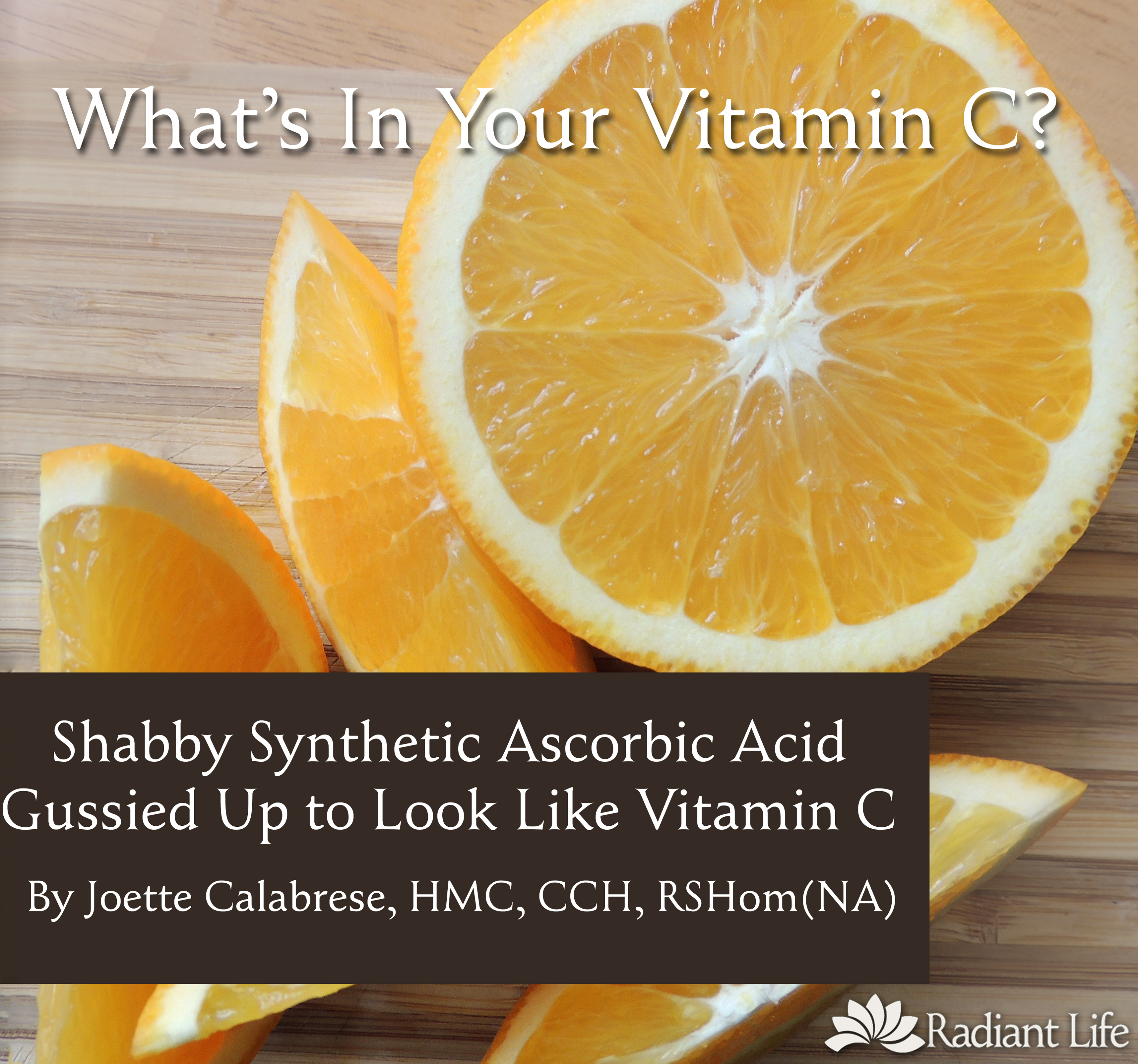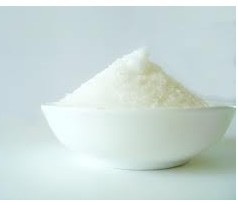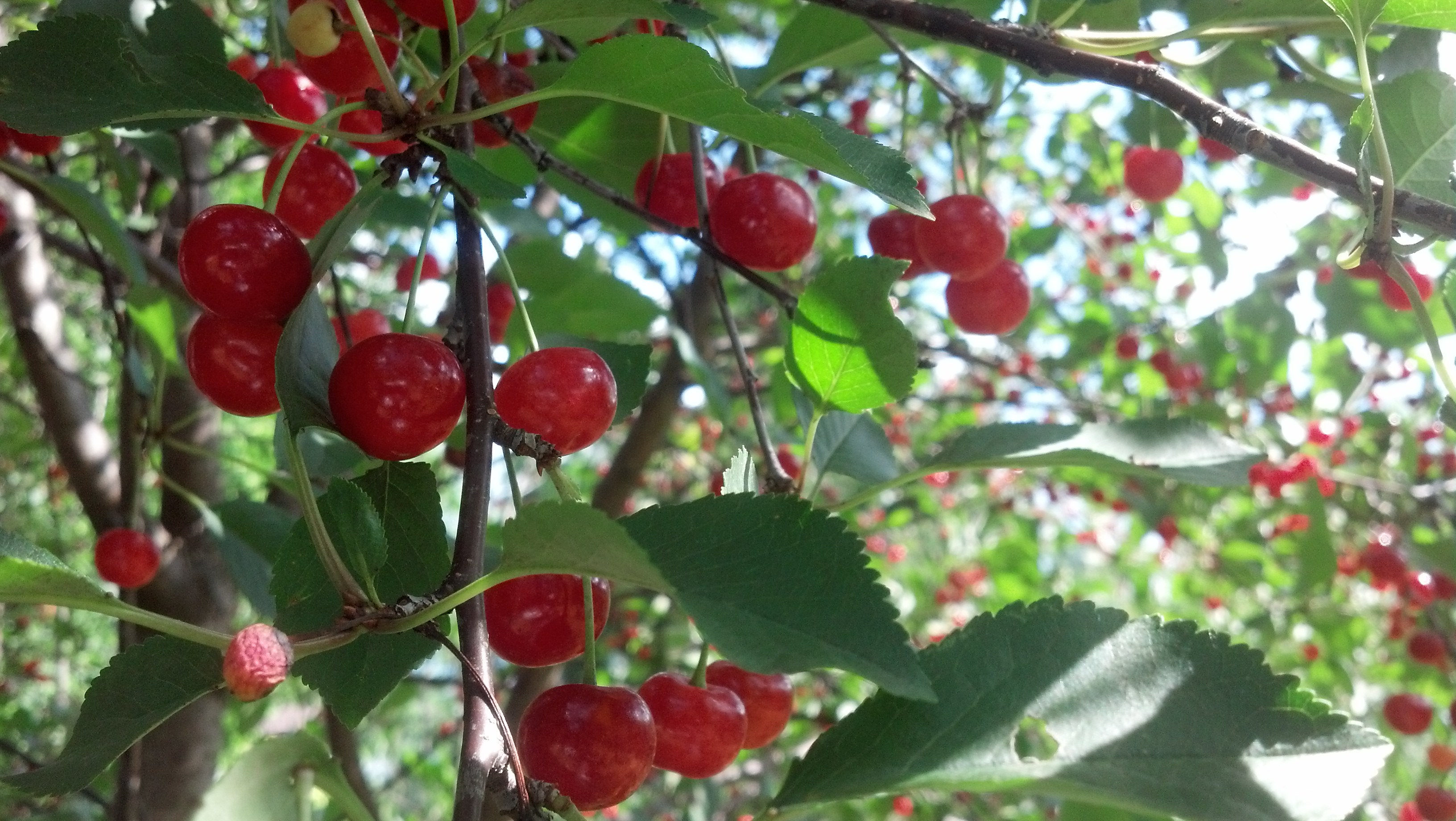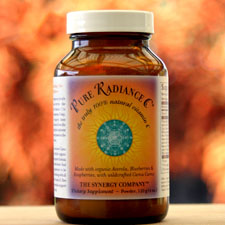What is the first thing that comes to mind when you think of vitamin C? Perhaps your mouth puckers at the idea of a taking a bite into the tart pink flesh of a grapefruit, or you think of ice cubes clinking in a tall glass of sweet fruit juice. Maybe vitamin C reminds you of the orange lozenges handed to you for a pending cold or sniffle in the winter. A popular nutrient known primarily for its immune-boosting properties, vitamin C can be found in many forms. The problem however, is that not all sources are created equal. We welcome back homeopath and traditional diet expert Joette Calabrese to our blog to give you a little more information on this important and often overlooked topic.

How can you tell a lady from a tramp? You can tell by the stuff from which she’s made.
Vitamins have been resorted to for nearly a century. But oh, how carefully we must interpret who they’re pretending to be!
For decades the public has been led to accept that products manufactured in a test tube are the same as those that naturally occur in food. A promiscuous pretense.
Vitamins are not separate molecular combinations but biological intricacies whose actions depend upon the entire complex functioning with integrity. Like a fine Swiss watch, they can only act fully when the co-factors of the intact vitamin complex are present and running in intelligent harmony.
Vitamin C misconception
In my old copy of Rodale’s Encyclopedia of Natural Home Remedies, which I bought in 1982, author Mark Bricklin considers vitamin C and ascorbic acid as one in the same. It reads “Ascorbic acid, or vitamin C, is perhaps the most widely used of all vitamins.”
Those in the conventional medical as well as alternative health arenas were and remain enticed by this misconception, and one of the derelict stories is the vitamin C narrative.
Nobel Prize for research on Vitamin C
The problem stems back to the 1930s with the efforts and misinterpretations of Dr. Szent-Gyorgyia. He was a biochemist and physician who won a Nobel Prize for his work in the field of vitamin C and discovered how to isolate ascorbic acid from whole food. He discovered how to produce in a laboratory a synthetic isolate, ascorbic acid.
Dr. Szent-Gyorgyia recognized that vitamin C was the cure for scurvy but also showed that ascorbic acid alone was not nearly effective enough to protect against the disease. In fact, he found that the safest and most effective form of vitamin C was its whole food structure.
The good doctor concluded that isolated ascorbic acid is not a food at all and even ought to be considered a drug.
He reproached the pharmaceutical manufacturers who began marketing ascorbic acid after his discovery. In spite of this, the industry led consumers to believe that ascorbic acid was the same as natural whole food vitamin C.
Sally Fallon in her book Nourishing Traditions: The Cookbook that Challenges Politically Correct Nutrition and the Diet Dictocrats warns us that “Synthetic B1 derived from coal tar did not cure beriberi in Korean prisoners of war but rice polishing with natural vitamin B complex did; synthetic vitamin C is not as effective in curing scurvy as fresh citrus juice; and synthetic beta-carotene given to smokers actually increased their risk of cancer while the natural forms found in fruits and vegetables are protective.”
Why not get Vitamin C from food?
So then, why not just get vitamin C from our foods in genuine sources such as berries, fruits and vegetables as well as certain animal protein, organs and fat? 
Why not indeed!
In Nutrition and Physical Degeneration, Dr. Weston Price
tells us that “Another important food factor consists of certain organs of large animals of the sea, including layers of the skin of a species of whales, which has been found to be very high in Vitamin C.”
And Dr. William Campbell Douglass in The Milk Book: How Science Is Destroying Nature’s Nearly Perfect Food informs us that fresh raw milk contains vitamin C, which is completely absent from pasteurized milk.
Happily, we needn’t journey to Alaska to find well constructed, whole food vitamin C.
We can find it in our own gardens and from our dairy farmer. It is also possible to find it in capsules that include only high vitamin C foods, not bifurcated, manufactured shams.

After reading ingredients carefully, so far, this particular product is the only encapsulated vitamin C that I feel at ease to give my family.
Man-made ascorbic acid is wearing too much lipstick. Her stockings have snags and her perfume is cheap. Don’t fall for her aberrant ways of empty promises and seductions.
Get your vitamin C from the right side of the tracks; from food, whether it’s in the form of a convenient, high-quality capsule containing camu camu, from whale skin served on a plate in an Eskimo home or from a tall tumbler of your beloved raw milk.
Once again, it’s evident that we need to look for the civilized version, the one you can proudly bring home to Mom. Only the decent, genuine and natural will please the integrity of Mother Nature.
Joette Calabrese, HMC, CCH, RSHom(NA) is a distinguished American homeopath, public speaker and author. She began her studies in classical homeopathy in 1986 and has since trained with many world renowned homeopaths and helped many clients with a diversity of wellness needs. You can read her regular column in the Wise Traditions Journals or visit her on the web at Homeopathy Works, where you can sign up for her popular newsletter, or schedule a free phone conversation. Don't miss her other guest posts on our blog including What are Good Fats to Eat?

